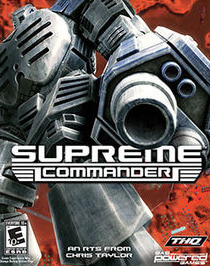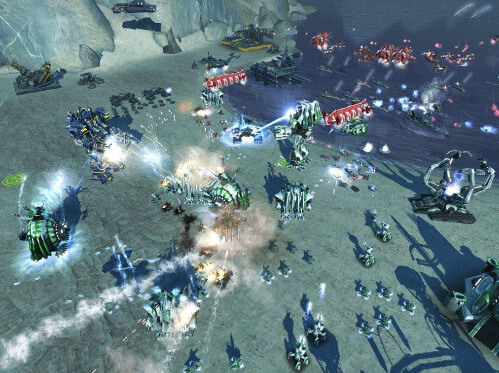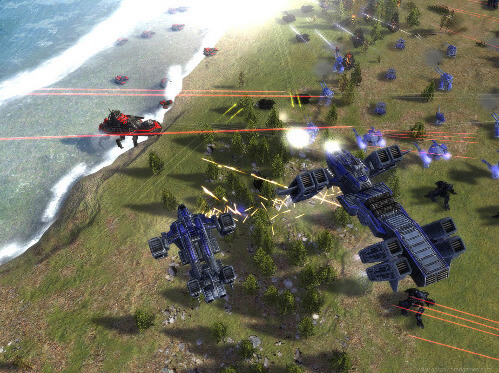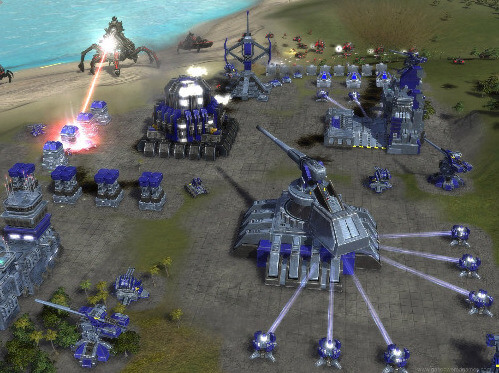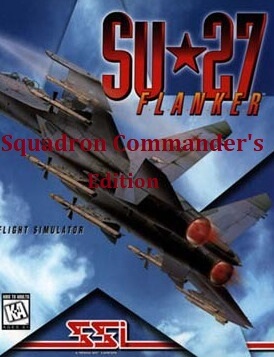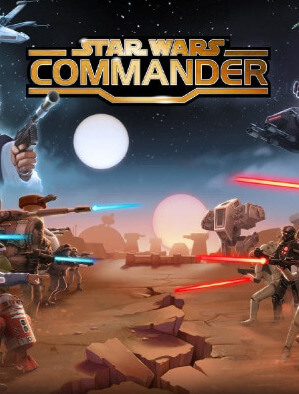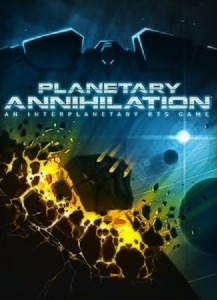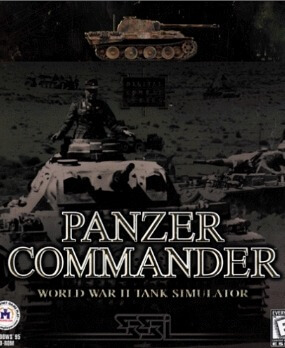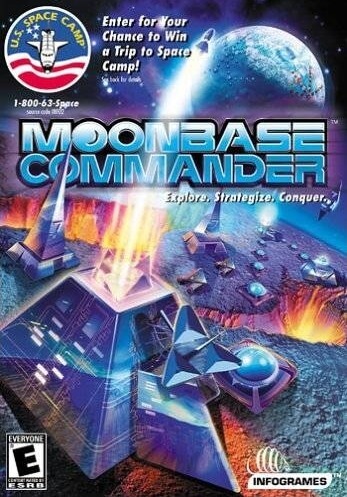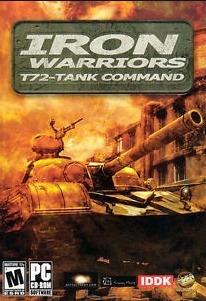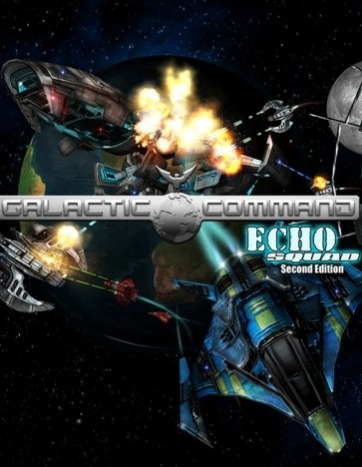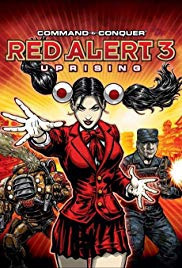All units and structures belong to one of four technology tiers, or "Tech" levels, each tier being stronger and/or more efficient than the previous. Certain lower-tier structures can be upgraded into higher ones without having to rebuild them. The first tier is available at the start of the game and consists of small, relatively weak units and structures. The second tier expands the player's abilities greatly, especially in terms of stationary weapons and shielding, and introduces upgraded versions of tier one units. The third tier level has very powerful assault units designed to overcome the fortifications of the most entrenched player. The fourth tier is a limited range of "experimental" technology. These are usually massive units which take a lot of time and energy to produce, but provide a significant tactical advantage.
Supreme Commander features a varied skirmish AI. The typical Easy' and Normal modes are present, but the Hard difficulty level has four possible variants. Horde AI will swarm the player with hordes of lower level units, Tech AI will upgrade its units as fast as possible and assault the player with advanced units, the Balanced AI attempts to find a balance between the two, and the Supreme AI decides which of the three hard strategies is best for the map.
The single player campaign consists of eighteen missions, six for each faction. The player is an inexperienced Commander who plays a key role in their faction's campaign to bring the "Infinite War" to an end. Despite the low number of campaign missions, each mission can potentially last hours. At the start of a mission, objectives are assigned for the player to complete. Once the player accomplishes them, the map is expanded, sometimes doubling or tripling in size, and new objectives are assigned. As the mission is commonly divided into three segments, the player will often have to overcome several enemy positions to achieve victory.
Resource management
Because humans have discovered replication technology, making advanced use of rapid prototyping and nanotechnology, only two types of resources are required to wage war: Energy and Mass. Energy is obtained by constructing power generators on any solid surface, while Mass is obtained either by placing mass extractors on limited mass deposit spots or by building mass fabricators to convert energy into mass. Constructor units can gather energy by "reclaiming" it from organic debris such as trees and mass from rocks and wrecked units. Each player has a certain amount of resource storage, which can be expanded by the construction of storage structures. This gives the player reserves in times of shortage or allows them to stockpile resources. If the resource generation exceeds the player's capacity, the material is wasted.
An adjacency system allows certain structures to benefit from being built directly adjacent to others. Energy-consuming structures will use less energy when built adjacent to power generators and power generators will produce more energy when built adjacent to power storage structures. The same applies to their mass-producing equivalents. Likewise, factories will consume less energy and mass when built adjacent to power generators and mass fabricators/extractors, respectively. However, by placing structures in close proximity, they become more vulnerable to collateral damage if an adjacent structure is destroyed. Furthermore, most resource generation structures can cause chain reactions when destroyed (especially Tier III structures, which produce large amounts of resources but often have large detonations that can wipe out a nearby army).
Warfare
Supreme Commander uses a "strategic zoom" system that allows the player to seamlessly zoom from a detailed close up view of an individual unit all the way out to a view of the entire map, at which point it resembles a fullscreen version of the minimap denoting individual units with icons. The camera also has a free movement mode and can be slaved to track a selected unit and there is a split screen mode which also supports multiple monitors. This system allows Supreme Commander to use vast maps up 80 km x 80 km with players potentially controlling a thousand units each.
Units in Supreme Commander are built to scale as they would be in the real world. For example, battleships dwarf submarines. Late into the game, the larger "experimental" units, such as the Cybran Monkeylord, an enormous spider-shaped assault unit, can actually crush smaller enemy units by stepping on them.
Because of the wide range of planets colonized by humanity in the setting, the theatres of war range from desert to arctic, and all battlespaces are employed. Technologies emerging in modern warfare are frequently employed in Supreme Commander. For example, stealth technology and both tactical and strategic missile and missile defense systems can be used.
Supreme Commander introduced several innovations designed to reduce the amount of micromanagement inherent in many RTS games. Holding the shift key causes any orders given to a unit (or group of units) to be queued. In this manner a unit may be ordered to attack several targets in succession, or to make best speed to a given point on the map and then attack towards a specified location engaging any hostiles it encounters along the way. After orders have been issued, holding the shift key causes all issued orders to be displayed on the map where they can be subsequently modified to accommodate a change of plan. Further, when a unit is ordered to attack a target, the player can issue an order to perform a coordinated attack to another unit. This order coordinates the arrival time of the units at the target automatically by adjusting the speed of the units involved.
As in other RTS games, air transports can be used to convey units to specified destinations, in Supreme Commander though by shift queuing orders a transport containing several units can be ordered to drop specific units at subsequent waypoints. An air transport can also be ordered to create a ferry route, an airbridge wherein any land units ordered to the start of the ferry route will be conveyed by the air transport to the specified destination. The output from a production factory can be routed to a ferry route causing all units constructed by that factory to be automatically ferried to the route's destination. Additional air transports can be ordered to assist an existing ferry route allowing many units to be efficiently transported.
Supreme Commander also supports unit formations. A selected group of units can be ordered to assume a formation the shape of which can be controlled by the player. Holding control while issuing a move order will cause a group of units to move in formation. Units in formation are intelligently arranged so that the tankiest units are at the front, ranged units at the rear and with shield and intel units spaced equally throughout.
